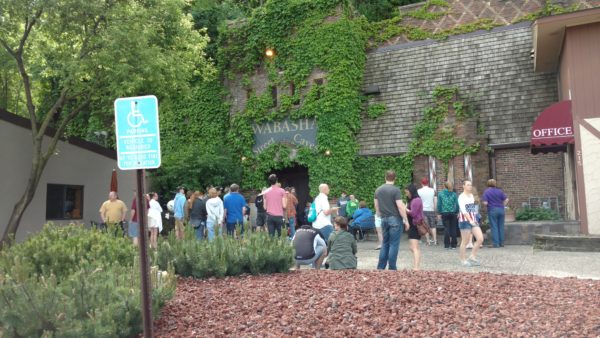
A couple of months ago, TBEX, which is a gathering of travel writers, was hosted in Minnesota. I was able to attend part of it and visit the Wabasha Street Caves as a FAM trip beforehand.
Living in Minnesota all my life, I thought I knew quite a bit about my state’s history, but I was sadly wrong. I did not realize that St. Paul, our state’s capital, was once a “safe city” for criminals.
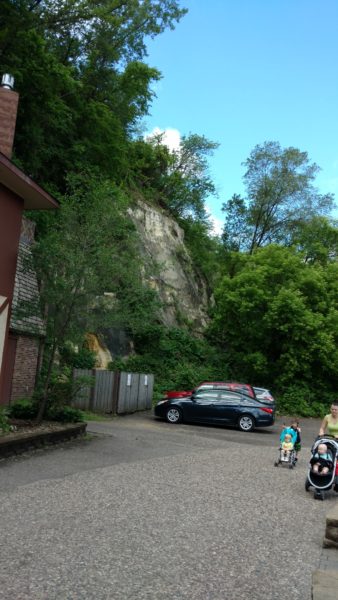
The property pictured above was built into a cliff of sandstone located on the south shore of the Mississippi River. The caves are man-made. The sandstone was harvested and was used to manufacture glass back in the mid 1800s.
After that time, a Frenchman named Albert Mouchnotte found the caves and discovered they were a perfect environment for raising mushrooms. His daughter, Josie, and her husband William Lehmann, became the second generation to take on mushroom growing. Josie and her husband later turned it into nightclub known as the Wabasha Street Speakeasy at the time of prohibition.
The National Prohibition Act was passed in 1918 and was made to carry out the 18th amendment, which banned the act of producing importing, transporting, and sale or alcoholic beverages. The Prohibition Act is also referred to as the Volstead Act because it was written by Congressman Andrew Volstead of Minnesota. The country was dry from 1920 to 1933. The story goes that Johnny Dillinger and Ma Barker plus others were once patrons of this establishment.
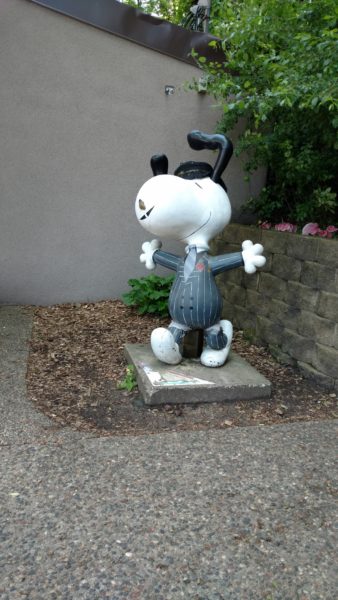
In 1933, this location became Castle Royal. It did not last the decade due to World War II starting and went back to being a place for growing mushrooms until the 1960s.

At one point it was a place to store a version of fancy blue cheese for Land O’Lakes. Unfortunately, it also became a place for drifters who burnt a fancy bar inside as firewood to stay warm and their fires caused the ceilings to fall down in some areas of the caves. The site was also hit with some flooding over the years.
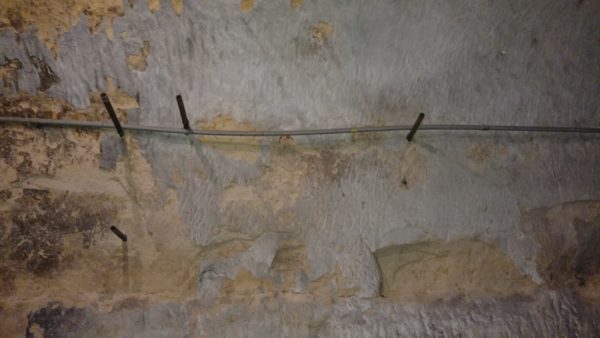
The caves fell into bankruptcy and the bank took out the items inside as they were about to tear it down. Thankfully, it was sold and restored to the Wabasha Street Caves.
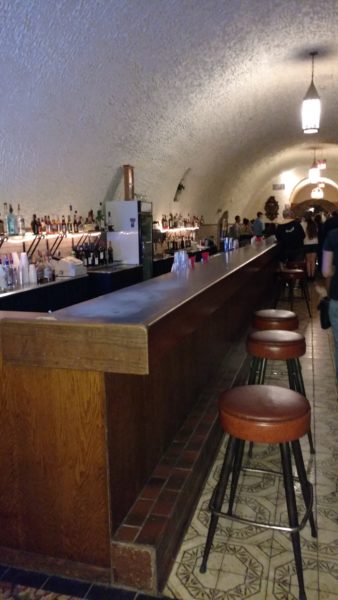
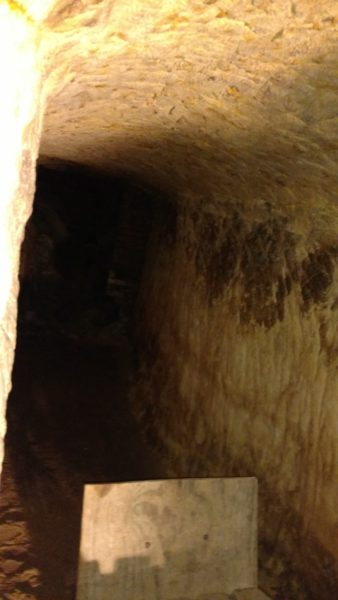
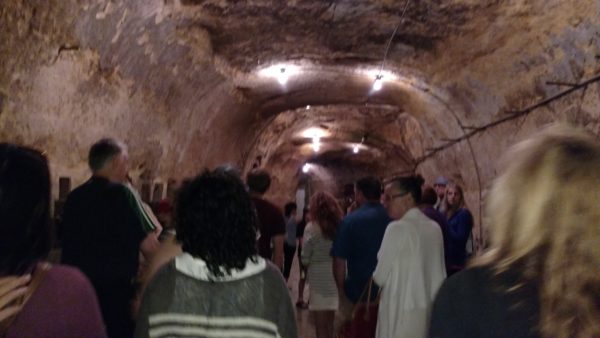
The tour guide of the Wabasha Street Caves did a wonderful job taking us back in time to what it was like in the 1920s-1930s.
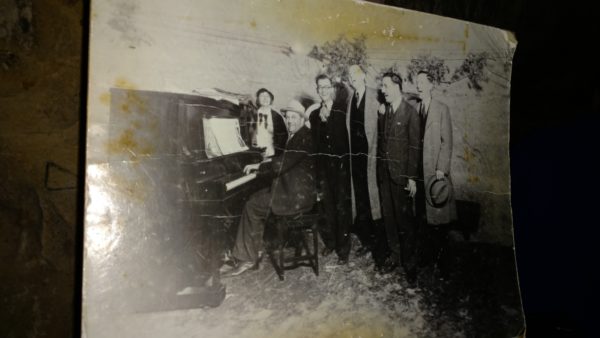
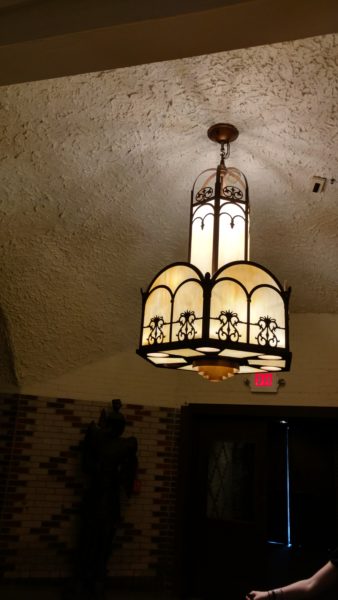

Once that part of the tour concluded, we met at a nearby parking lot and loaded a comfy tour bus for the Gangster Tour.
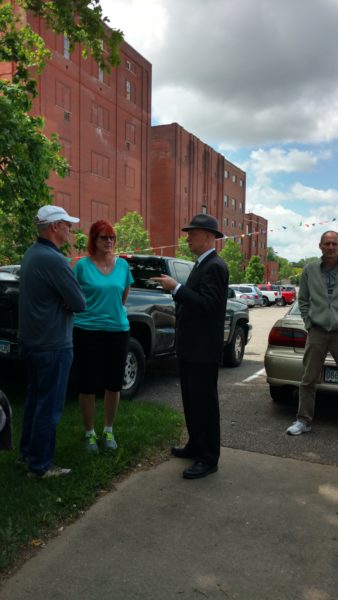
Our tour guide loaded the bus dressed in attire you would probably see in the 1920s and had a replica tommy gun with him. We traveled through the streets of St. Paul while learning about Chief of Police John O’Connor and his unofficial contract with criminals in this “safe city”. Gangsters would check into St. Paul, pay a fee, and agree to not commit crimes within city limits. Neighboring cities like Minneapolis were fair game. With this agreement, a portion of the criminals gains was paid to the police department.
Criminals, often gangsters, would check into St. Paul, pay a fee, and agree to not commit crimes within city limits. Neighboring cities like Minneapolis were fair game. With this agreement, a portion of the criminal’ss gains were also paid to the police department. The Prohibition Act also increased gangster activity in St. Paul.
Gangsters would check into St. Paul, pay a fee, and agree to not commit crimes within city limits. Neighboring cities like Minneapolis were fair game. With this agreement, a portion of the criminal’s gains was also paid to the police department.
The Prohibition Act also increased gangster activity in St. Paul. Bottlegging flourished and St. Paul was known as one of the wettest cities in the nation. Speakeasies flourished while mobs and gangsters often controlled these bootlegging operations.
The list of some of St. Paul’s most noteworthy criminals include: John Dillinger, Evelyn Frechette (his girlfriend),, Al “Scarface” Capone, Clyde Barrow and Bonnie Parker, Ma Barker and the Barker-Karpis gang. They all stayed in Minnesota at some point in their lives.
Our guide also shared stories of the famous kidnappings, like the president of the Hamm Brewing Company and president of the Commercial State Bank of St. Paul. Trouble brewed with the Barker-Karpis gang committing these crimes within the city limits of St. Paul. In 1934, Johnny Dillinger had a shootout with the police and escaped with wounds to his doctor. This made the
In 1934, Johnny Dillinger had a shootout with the police and escaped with wounds to his doctor. This made the citizens request reform and clean up. State and federal law enforcement agencies were called in to help.
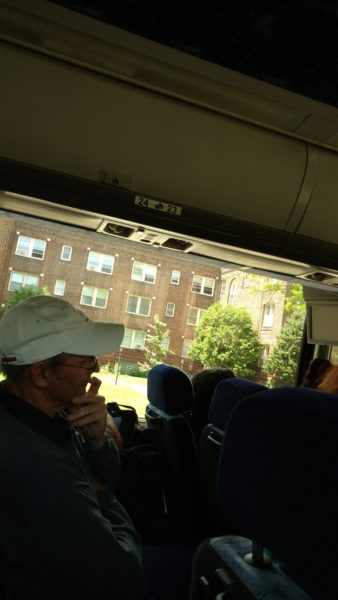
The gangster era ended around 1936. The last key player caught out of Minnesota was Alvin “Creepy” Karpis who served 33 years combined at Alcatraz and McNeil Island Penitentiary. He met the young Charlie Manson at the latter location, whom he later wrote about in his autobiography.
I didn’t realize that there were brothels once on the streets of St. Paul too. Madam Nina Clifford’s Brothel used to stand where the Minnesota Science Museum is now located. It is said that there was an underground tunnel connecting it to the Minnesota Club. There was a nearby less famous brother named “Bucket of Blood”.
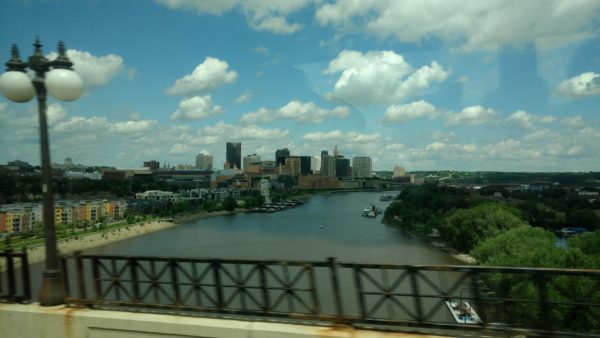

Wabasha Street Caves has a restaurant and bar inside. Swing dance lessons are held here along with wedding receptions and other special events, plus of course the awesome scheduled tours. To learn more about what they currently offer, check out the Wabasha Street Caves website.

